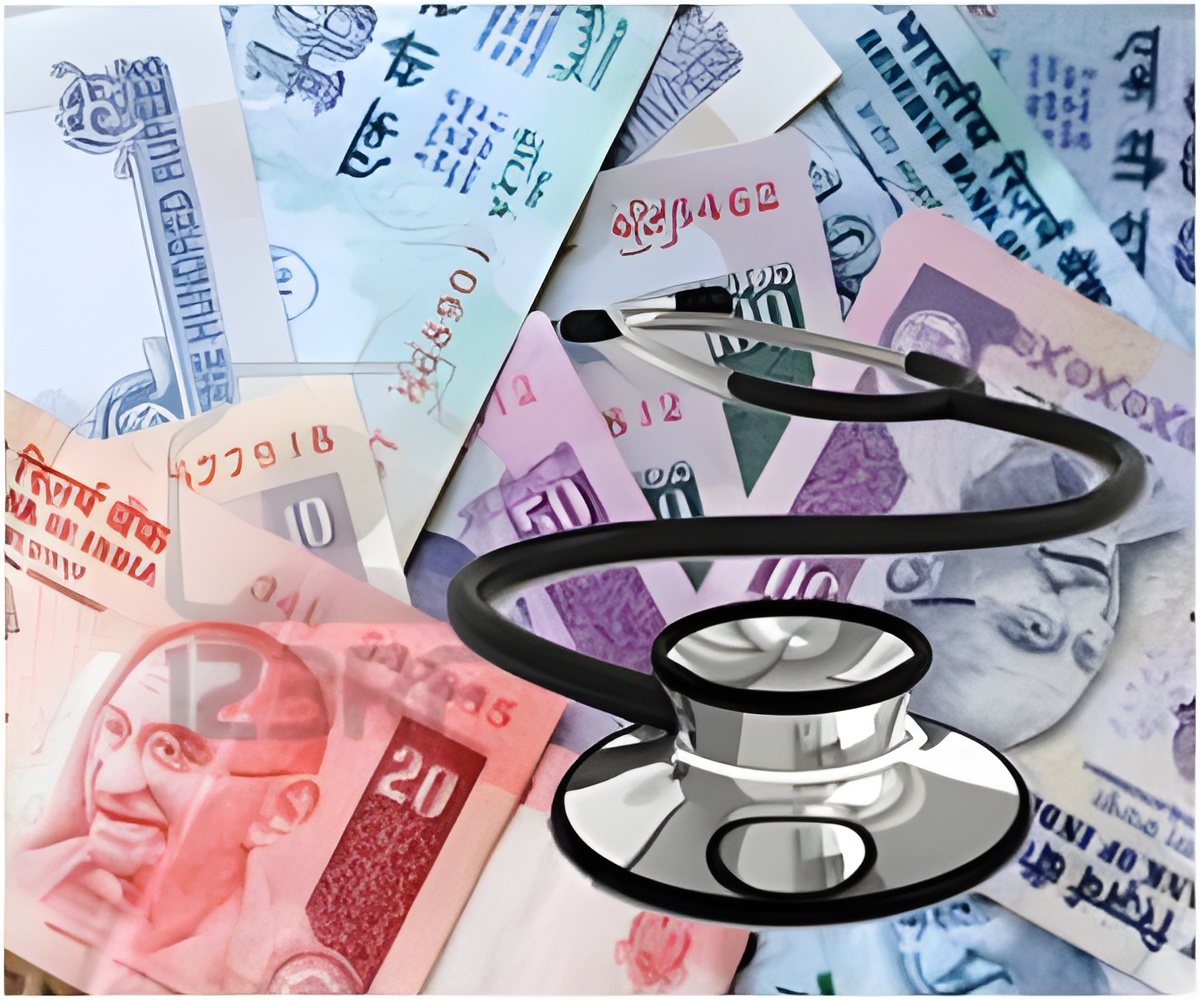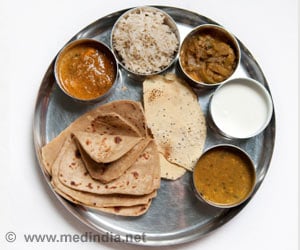India's skilled health workforce does not meet the least threshold of 22.8 skilled workers per 10,000 population suggested by the World Health Organisation, finds a new study.

‘Distribution, qualification of health professionals are serious problems in India when compared with the health workers overall size. The policy should focus on improving the quality of health workers and mainstreaming professionally qualified persons into the health workforce.’





The authors retrieved data on the number of registered practitioners, such as doctors, nurses, physiotherapists, and dentists, from published literature and websites of professional councils and organizations. They also estimated the number of qualified and unqualified healthcare workers working in India using the 68th round (July 2011-June 2012) of National Sample Survey Organisation (NSSO) data on 'Employment and Unemployment Situation in India' - a household survey conducted every five years.
As well as registered practitioners, the health workforce in India includes many informal medical practitioners, such as traditional birth attendants, faith healers, snakebite curers, and bonesetters without formal education or training.
The total size of health workforce registered with different councils and associations was 5 million, but the NSSO estimated the size of the workforce to be 1.2 million fewer at 3.8 million.
Based on the registration data, the density of the total health workforce was estimated to be 38 per 10,000 population, but the NSSO data found it be lower at 29 per 10,000 population. In eastern and rural states total health workforce density was lower than the WHO minimum threshold of 22.8 per 10,000 population.
Advertisement
The presence of unqualified health professionals in the health system is not unique in India. Unqualified health professionals are usually the first point of contact for rural and poor population in many low-income and middle-income countries.
Advertisement
The researchers point to several limitations of their study, including the registration data being inadequately updated and likely to include deceased, unemployed and professionals who have migrated overseas, and the survey data being self- and also outdated reported.
Nevertheless, the authors were able to conclude: "Distribution and qualification of health professionals are serious problems in India when compared with the overall size of the health workers.
"Policy should focus on enhancing the quality of health workers and mainstreaming professionally qualified persons into the health workforce."
Source-Eurekalert










